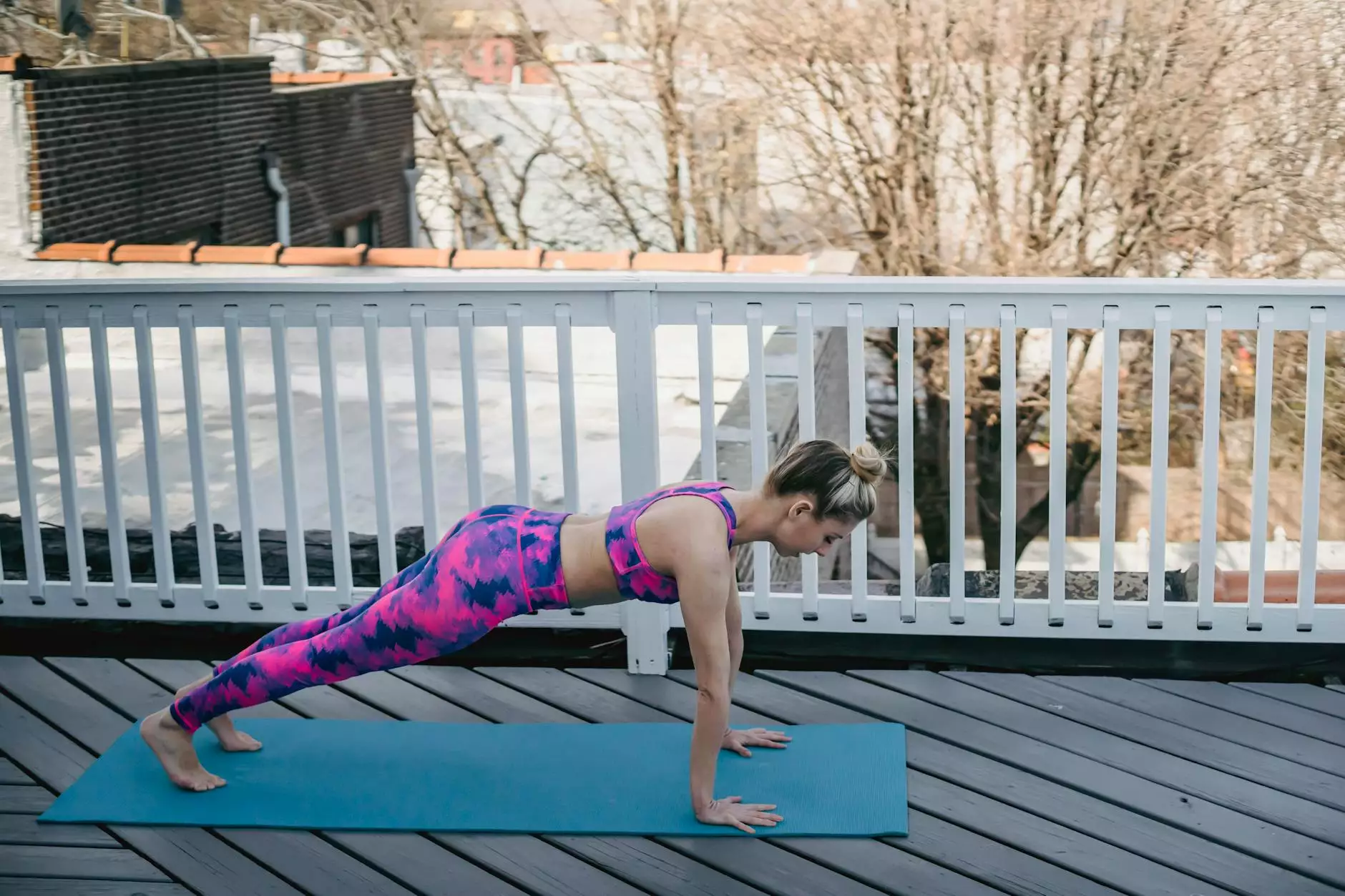The One Change to Make Your Jumps Better, Stronger, Faster, Higher
Blog
Introduction
Are you looking to enhance your jumping ability? Want to achieve higher jumps that leave others in awe? Look no further because Bowling Orthopaedics is here to help you make the one change that can transform your jumps for the better. In this comprehensive guide, we will delve into the key factors that influence jumping ability and reveal the secret to achieving better, stronger, faster, and higher jumps.
The Science Behind Jumping
Before we unveil the one change you need to make, let's explore the science behind jumping. Jumping is a complex biomechanical movement that requires coordination, strength, and power. Several interconnected factors contribute to the quality of your jumps:
Muscular Strength and Power
To achieve impressive jumps, it is essential to develop both muscular strength and power. Muscular strength lays the foundation, providing the necessary force to propel your body off the ground. Power, on the other hand, is the ability to generate force quickly. Improving both strength and power will have a direct impact on the height and explosiveness of your jumps.
Core Stability and Control
A strong and stable core is vital for maintaining proper form and control during jumps. It acts as a solid base from which you can generate power and transfer energy efficiently. Strengthening your core muscles through targeted exercises will improve your jumping technique and help you achieve greater heights.
Balance and Coordination
Jumping involves a delicate balance between various muscle groups and requires precise coordination. Enhancing your balance and coordination through specific drills and exercises can significantly improve your ability to execute clean and powerful jumps.
Flexibility and Range of Motion
Having adequate flexibility and range of motion in your joints is crucial for executing proper jumping technique. It allows for a more significant range of movement, enabling you to maximize your jump height. Incorporating regular stretching and mobility exercises into your routine will enhance your flexibility and contribute to better jumps.
The One Change: Plyometric Training
After careful analysis and extensive research, the one change that stands out as a game-changer for improving jumps is incorporating plyometric training into your fitness regimen. Plyometrics, also known as jump training, is a highly effective training method specifically designed to enhance explosive power and improve jumping ability.
What are Plyometrics?
Plyometrics involve exercises that rapidly stretch and contract muscles to generate maximum force in minimal time. They focus on developing fast-twitch muscle fibers, which are responsible for explosive movements like jumping. By engaging in plyometric training, you can optimize muscular power, improve jump height, and increase overall athletic performance.
Benefits of Plyometric Training for Jumping
Plyometric exercises offer numerous benefits that directly contribute to better jumps:
- Increased Vertical Jump Height: Plyometrics primarily target the muscles involved in jumping, leading to a significant improvement in vertical leap.
- Enhanced Power and Explosiveness: By training the body to generate force rapidly, plyometric exercises increase your power output and explosiveness during jumps.
- Improved Muscular Strength and Endurance: Regularly engaging in plyometric training strengthens both your muscles and connective tissues, improving overall jump performance and reducing the risk of injuries.
- Enhanced Dynamic Stability: Plyometrics challenge your balance and coordination, helping you develop better control over your body during jumps.
- Increased Flexibility and Range of Motion: Many plyometric exercises involve dynamic stretching, contributing to improved flexibility and joint mobility.
Implementing Plyometric Training
To incorporate plyometric training effectively, it is important to follow a structured program and gradually increase intensity and complexity. Here are some key considerations:
- Consultation with a Professional: Before starting any new exercise program, it is advisable to consult with a qualified fitness professional or medical provider to ensure it is suitable for your individual needs and capabilities.
- Proper Warm-up: Prior to each plyometric session, perform a thorough warm-up that includes dynamic stretching and mobility exercises to prepare your body for the intense movements.
- Start with Beginner Exercises: If you are new to plyometrics, begin with basic exercises like squat jumps, box jumps, and standing long jumps. Focus on mastering proper form and gradually increase the intensity over time.
- Progress Slowly: As your strength and technique improve, progressively introduce more advanced plyometric exercises such as depth jumps, bounding, and single-leg hops.
- Rest and Recovery: Allow sufficient rest and recovery time between plyometric sessions to avoid overtraining and reduce the risk of injury.
- Combine with Strength Training: Incorporating plyometric training alongside a well-rounded strength training program can further enhance your jumping performance.
Conclusion
If you are determined to make a significant improvement in your jumping ability, incorporating plyometric training into your routine is the one change that can bring about remarkable results. Bowling Orthopaedics is committed to providing you with the knowledge and guidance to take your jumps to new heights. Remember, consistency and technique are key, so lace up your shoes, get ready to soar, and embrace the power of plyometric training!




